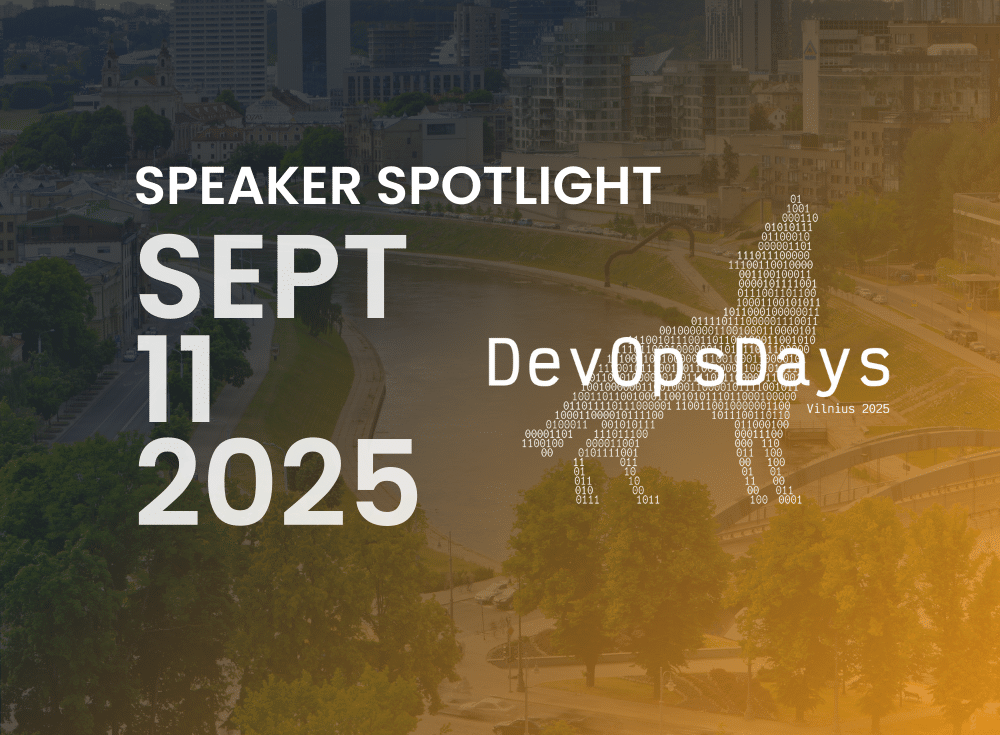Affirm Scales Load 10x, Improves Performance, and Gains Huge Cost Savings
“We had significant cost savings while we were actually able to send more data over the system. With big load increases during our black Friday event–up to 10x–and Chronosphere had no issues handling that…
It was a win-win overall for us.“
SRINIVAS KRISHNAN, FORMER SENIOR PRINCIPAL ENGINEER AT AFFIRM
Video Transcript
Our firm right now is one of the world’s largest buy now pay later companies. It services close to eighty percent of the US e-commerce market. Customers are from, like, Amazon, Walmart, Target, and also individuals who might directly go to a website and use a firm to purchase an item.
But if reducing latency and improving performance and availability and other aspects of my job are directly impacting what the customer sees on the other side, maybe that the checkout goes a little bit faster or the terms are provided a little bit faster. So it is directly impacting a firm’s business, which is one of the coolest things I could work on.
Available and reliability are pretty important because when things go wrong, it’s a reputational press for the company. It’s also revenue-impacting both for us and our customers. If you’re down for x amount of seconds, that is x amount of dollars that are getting lost.
We are also not able to provide our end customers – who love our product and wanna use them – the ability to finance the item that they wanna purchase. So all in all, it is not a great experience for anybody.
Part of the problem is noticing when things go wrong, and observability is really core to that. And noticing that under in seconds, and then also implementing solutions that allow us to recover from that really fast. And that journey led us to Chronosphere – primarily to purchase the Metrics solution from Chronosphere.
And also, one of the cool features they had was this aggregation tier, which allowed us to filter the data, that we would store and limiting all of the extra garbage that would go into it, and that allowed us to both control cost and also the quality of the data that we were showing our internal customers, the application developers.
Our key tenant, for example, when we have core events like Black Friday, our systems we need to know immediately when the system goes down. In the past, we have had observability systems which should fail us when we really need them.
The core impact for our business primarily is that the Observability Systems can handle any load that we’ve been able to throw at it; keep up and provide us with the metrics that we need to monitor the systems to make sure that they’re healthy.
So it is revenue impacting from the point where we are able to quickly detect any issues and proactively fix them instead of waiting hours or maybe even a couple of minutes to figure out when the system is destabilizing.
Chronosphere is invested in customer success. We’ve seen that in our journey, as we migrated our existing solution over to Chronosphere. We did that over a period of three months. We had the Chronosphere engineers embedded with us, helping us triage and debug it.
It was also how well the system performed under load and under scale. We had significant load increases during our Black Friday events where it could be even up to ten x increases and Chronosphere had no issues handling that. That was the least of our worries during it. So for us it was peace of mind that the system would stay up and not have issues.
And the last one was the amount of efficiency we got out of it. We had significant cost savings while we were able to actually send more data over to the system.
So it was a win win overall for us.


